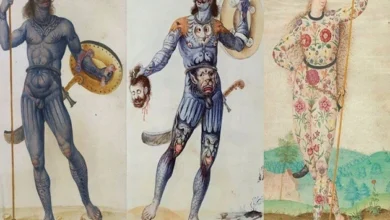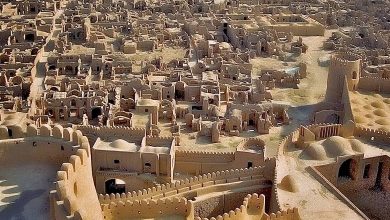Why Constantine became the only emperor of the Roman Empire who was called the Great
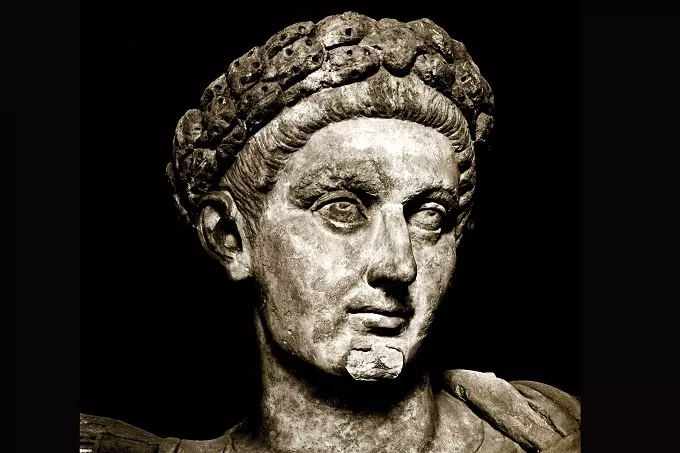
Constantine I was the first and only Roman emperor to be awarded the title of “Great”. He is also considered the first emperor to convert to Christianity. This ruler made a real political revolution, radically changing the foundations and state structure of the Roman Empire.
All Constantine’s innovations were the beginning of the end of Great Rome. So why is he still revered as a Christian saint and great statesman, although he was neither the first nor the second?
Who was Constantine the Great?
Constantine was born in the city of Naissus (now modern Serbia) on February 27, 272 AD. The father of the future emperor was Flavius Constantius. He served as a bodyguard for the then-Roman emperor Aurelian. Constantine’s mother was a poor Greek woman named Helena. She was Flavius’ mistress. In 288, Flavius Constantius was appointed to a very high position in Gaul (now the territory of France, Luxembourg, Belgium, and Switzerland). Later, the career of the former imperial bodyguard was crowned with the title of Caesar of the Tetrarchy of Diocletian.
The son of Flavius, by this time, had already reached the age of majority and was the only heir to his father. From childhood, he communicated with both pagans and Christians. He himself professed a pagan religion but was tolerant of everyone.
Constantine fought on the side of Diocletians shoulder to shoulder with his father in various wars. They were in Syria, and in Mesopotamia, and even in Britain. It was there in the English city of York that Flavius Constantius died in 306. Before his death, he appointed Constantine as heir, and he did not hesitate to declare himself Caesar.
By this, he actually challenged his co-ruler, Maxentius. As the new emperor of Rome, Constantine ruled over one of the largest Roman armies in Gaul, Britain, and Spain. He began to erect large-scale construction projects in the capital of Gaul, Trier. New fortifications, a large palace complex, a formal audience hall, and imperial baths were built. Shortly after the start of his reign, many noted that Constantine was continuing his father’s policies.
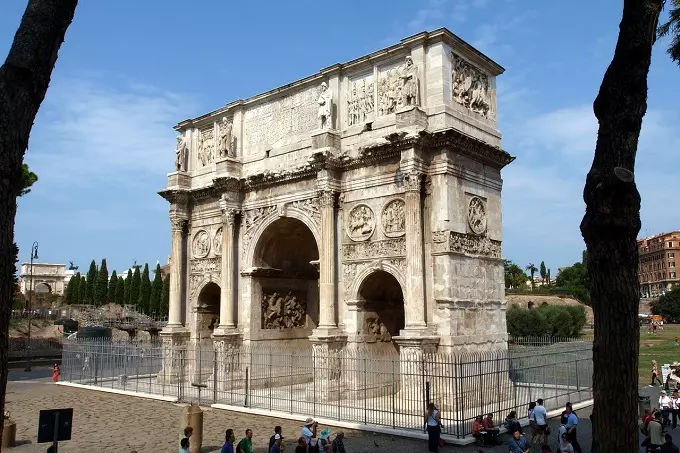
Constantine and Christianity
By 311, Constantine was in full control of the Western Empire, and a new ruler named Licinius ruled the Eastern. Maxentius felt betrayed by the sudden loss of power and went to war against Constantine. While he was recovering from such news, Maxentius seized control of Italy. Constantine moved toward him with an army. For the first time, the Greek letters X (chi) and P (ro), which means “Christ”, appeared on its banners. Constantine claimed that God spoke to him and told him to do so, for only in this way would he defeat the enemy.
It is unlikely that it will be possible to find out whether this is true or a beautiful legend, but Constantine still won. Also, no one can say for sure whether a pagan became a Christian, but he defended Christianity. At least he pretended to. Under the pretense of protecting Christians who were being persecuted in the Eastern Roman Empire, Constantine invaded there. He utterly defeated Licinius, forcing him to abdicate the throne in exchange for his life. After becoming emperor, Constantine quickly forgot his promise and executed Licinius. For the first time in a very long time, there was one emperor in Rome. It was also the first time he positioned himself as a Christian.
Creation of a new empire
Under Constantine’s predecessor, Diocletian, Nicomedia was the center of power. This is the territory of modern Turkey. The new emperor shifted this center towards Byzantium, which was located on the borders of Egypt, Asia, and Thrace. Here he founded a city, which he named Constantinople in honor of his beloved. This city became not just the center of the Roman Empire. It was the center of Christianity, science, education, and culture. Constantine erected the Church of the Holy Apostles on the site of a former pagan temple dedicated to Aphrodite.
The empire pursued a new religious policy. Constantine tried to extinguish the enmity between pagans and Christians. He actively promoted the spread of Christianity without persecuting paganism. Christians were legalized, now, no one had the right to persecute them.
Hidden fears and the true face of the emperor
Constantine was very afraid that he might suffer the fate of other Roman emperors: a military coup, as a result of which he was killed. In order not to share the fate of Julius Caesar, he reorganized the entire senate system. All power was transferred to provincial governors whom he trusted. The emperor also simplified the Roman army. He disbanded the legions, as he considered them a threat. The army was professionally trained and well-armed to be able to repel any attacks of possible traitors.
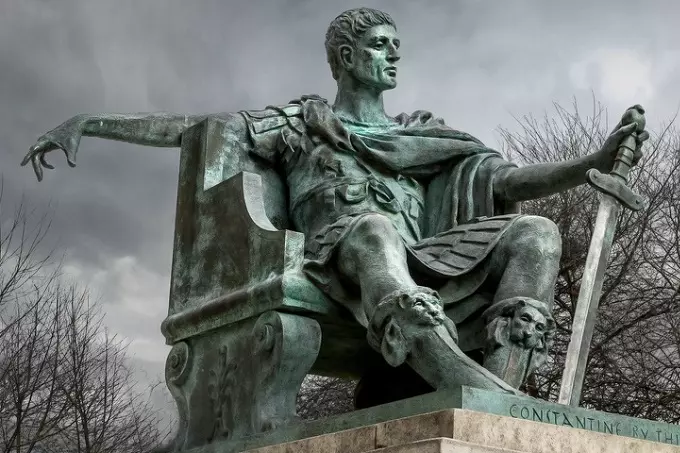
There were many dark spots in Constantine’s life. One of them is the execution of Flavius’ own son Julius Crispus, along with his nephew Licinian. Some historians believe that he was slandered by the second wife of Constantine Faust. Thus she cleared the way for her sons to the throne. Other experts say that Crispus was in an indecent sinful relationship with his father’s wife. By order of the emperor, both were executed. This version is confirmed by the fact that their names were erased from historical records, and all images were destroyed.
Constantine was not the only one who was canonized as a saint. This honor was awarded to his mother, Helena. She, at one time, made a pilgrimage to the Holy Land and allegedly brought the True Cross from there – the original instrument of the execution of Jesus.
End of an empire
Constantine met his death at the end of May 337. He was ill for a long time. It is quite possible that at the end of his earthly days, he experienced true repentance. His dying wish was to be baptized in the Jordan River. On the way to the Holy Land, he died without fulfilling his dream. He was buried in Constantinople in the Church of the Holy Apostles.
The resting place of the first Christian emperor was desecrated and destroyed during the Fourth Crusade in 1204. The church itself was also completely destroyed. The tomb of Constantine was swallowed up by the sands of time.
The emperor’s sons Constantine II, Constantius II, and Constans ruled the empire after their father. They ruled over what their father had united during his reign, expanding his empire into what would become Europe. The power of the Great Roman Empire was short-lived.

